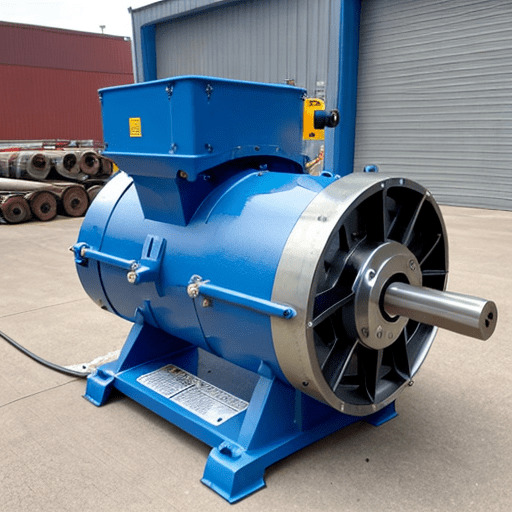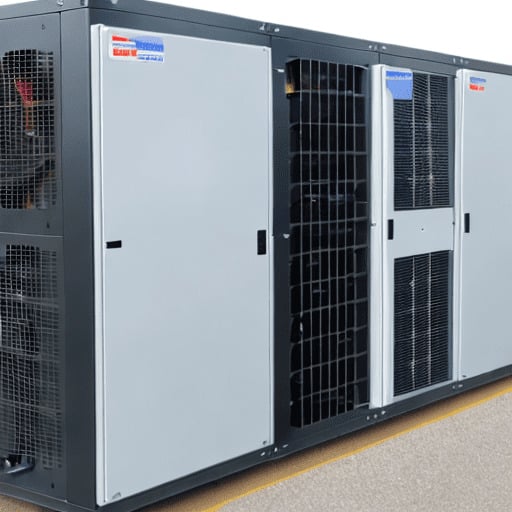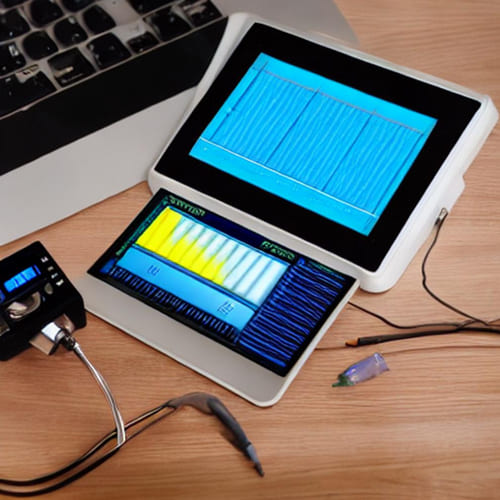Why Analysis of
the Power System
Considers Relay
Coordination,
Short Circuits,
And Load Flow?

To provide your facility with a power system that is safe, effective, and dependable under normal and abnormal operating situations, a power system analysis entails a number of technical assessments and the application of scientific analytic ideas and methodology. Understanding how a system would operate in various configurations and the consequences of disturbances like capacitor switching, the start of a large motor, and arc flash incident energy are the goals of a power system analysis. To ensure the reliable operation of safety equipment in the case of a short circuit or other incident, a power system check may also be necessary. For a consistent and dependable energy supply, power system evaluations are crucial. Under all operational circumstances, a well-designed power system ensures dependable operation and maximizes plant availability. Systems that are poorly built have weaknesses, are inefficient, and have worse security.
The majority or all the following sub-studies may be included in a standard power system analysis:
- Research, including load flow analysis
- Discovering and analysing short circuits
- Considering the organization of relays
- Research & analysis by arc learning harmonics with flashes
- Analysis of dynamics and transients
- Earthing research
The first three studies will be covered in this blog post. understand the techniques and approaches used to carry out each inquiry.
Load Flow Analysis and Study:
A load flow study examines an electrical network to ascertain how power is moving. It helps in figuring out how the power system is currently functioning, how much active and reactive power is produced, losses, voltage, current, and power factor.
The following three phases made up the load flow analysis:
- Network and component modelling for power systems
- Construction of load-flow equations
- The load and flow equations are solved using numerical methods.
There are three ways to compute data regarding the electricity system:
- One of the analytical techniques that is most frequently used is the Gauss-Seidel System. This approach offers the benefits of being simple to use, requiring fewer computer resources, and doing the work faster. But more iterations are required because of the delayed convergence. As the number of buses rises, so does the number of iterations.
- The Newton-Raphson method, which is more difficult, uses quadratic convergence, which is useful in complex situations. Less computing power is needed since this method achieves convergence with fewer iterations. Since it is less dependent on complicated components like regulating transformers and bus selection for slack, it is more accurate. Programming can be challenging since it calls for a large quantity of machine memory.
- Another method for load flow analysis is the Fast Decoupled Load Flow System (FDLF). This method’s main advantage is that it uses less computer memory. Due to its five times higher computing speed than Newton-Raphson, it is suggested as an alternative for real-time power grid management. This software can only be applied in certain situations. As a result, it is more difficult to adapt it to other demands in the power industry, including flow or system protection.


Short Circuit Analysis & Study:
One or more of the following types of short circuits will be considered in a short circuit analysis:
- When two phases turn dark at the same time, this is known as a line-to-line fault.
- The earth is only briefly in touch with one phase during a single line-to-ground failure.
- A double line-to-ground fault in which the ground and both phases are shorted at the same time.
- All three phases simultaneously short during a three-phase fault.
It will be easier to create a one-line schematic of the power distribution system if the type of problem is recognized. The single-line design and an impedance diagram with numerical values for the utility source, transformer, and conductor in relation to each component’s usable voltage should be used to calculate short circuits. The short circuit current, transformer multiplier, and full-load amps are all included in the estimated figures. It is crucial to compare the information gathered with the equipment ratings in order to ensure that the power distribution system is equipped with the necessary safety measures at different locations to avoid risk and downtime.
A Relay Coordination Evaluation:
Due to the fact that coordination systems enable quick, dependable, and targeted relay operations to isolate the issue, relay coordination is an essential part of the architecture for power system safety. The degree to which overcurrent protection devices are crucial to the power system is determined via coordination analysis. Additionally, it assists in choosing the best parameters, arrangements, and measurements to strike a balance between equipment security and constrained system performance.
Using power system software like ETAP, data collection operations are carried out to simulate the system. After a short circuit analysis has been completed, fault currents are monitored at each electrical point. Failures of system equipment can be lessened by selecting and adjusting protective devices. Regions of coordination failure can be found by comparing the time-current characteristic curves of the protective device. The required improvements are made to guarantee that protective devices function reliably and selectively.
The Advantages of Power System Analysis Include:
- The electricity grid is more dependable now.
- Utilize machinery with the correct power rating.
- Regulations and legislation governing electrical installation compliance improve safety and lower electrical risks.
- Alternative methods to improve the system’s performance and durability are suggested.
- In advance of any upcoming inspections, the power system’s existing state is documented.
To monitor the voltage at various buses as well as the actual and reactive power flow between buses, analyze the system under various fault conditions, and determine the system’s resilience to minor and major disturbances, CareLabs offers Load Flow study & analysis, Short Circuit study & analysis, and Relay coordination analysis. To acquire an analysis of your company’s electricity infrastructure in Slovakia, get in touch with us or request a quote. Within 24 hours, one of our customer care representatives will respond.
RELATED NEWS
How Are the Dependability and Performance of Commercial Motors Assessed? The easiest, most affordable, and fastest way to get consistent …
Hungarian Guidelines for Testing and Verifying Electrical Motor Efficiency In the global economy, industrial electric motors power a wide range …
The Importance of Load Flow and Short Circuit Analysis to a Slovak Business Everyone is aware of how important energy …
Why Analysis of the Power System Considers Relay Coordination, Short Circuits, And Load Flow? To provide your facility with a …
Principles of Operation for the Power Quality in Slovakia The performance and basic operation of the equipment connected to the …
How to Analyze the Power Quality in Slovakia? The ability of equipment to use the energy supplied to it is …
Why Are Harmonic Why Are Harmonic Research and Analysis Research and Analysis So Crucial to Slovak Businesses? Slovak Businesses? Since …
Analysis of the Slovak Power System’s Harmony: System’s Harmony: Power is a necessary component of life in the modern day. …
Slovak Arc Flash Analysis: A Complete Guide A Complete Guide When a gas is exposed to a voltage that exceeds …
Analysis of Arc Flash Hazards and Mitigation Techniques: Electrical arcs can develop when a gas is subjected to a voltage …










